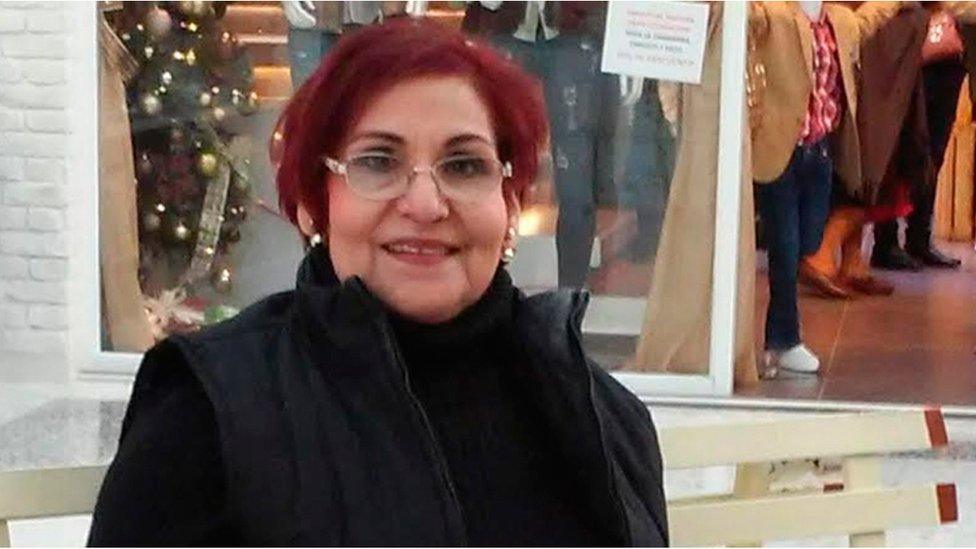Mexico cartels: Which are the biggest and most powerful?
- Published
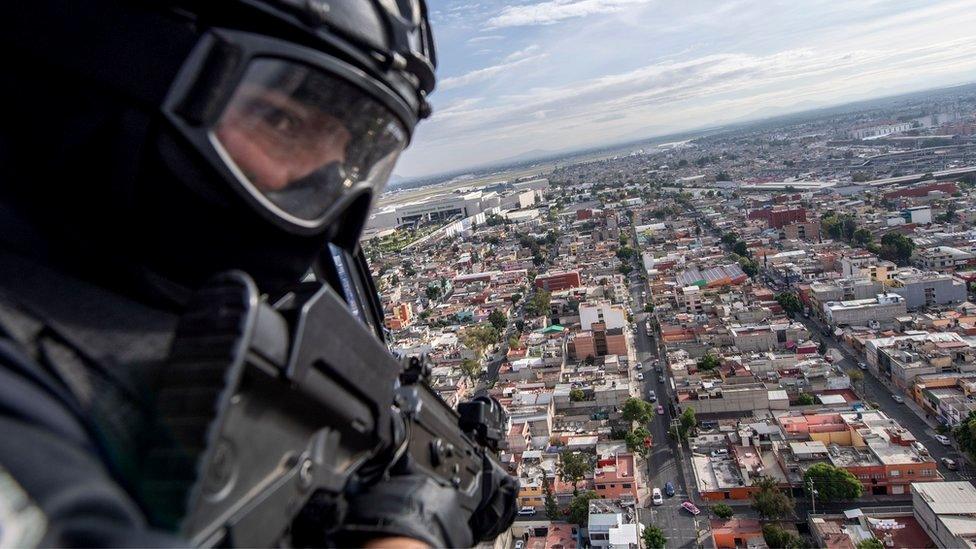
Mexico's brutal drug war claims thousands of lives every year, as powerful trafficking groups battle it out for territory and influence.
These cartels control vast areas of the country and are also responsible for political corruption, assassinations and kidnappings.
But which groups are the most powerful?
The Sinaloa Cartel
Territory: Much of the north-west.
The US government has described the Sinaloa Cartel as one of the largest drug-trafficking organisations in the world.
Founded in the late 1980s, it was for many years headed by the notorious drug lord Joaquín "El Chapo" Guzmán. "El Chapo" - or "Shorty" - was once ranked as one of the world's richest men. His life and vast drug-trafficking empire have been the subject of numerous books and TV series.
Under his leadership, the cartel garnered a fierce reputation for violence and outfought several rival groups. Mexican cartels often clash with one another, but it's also worth noting that they can form strategic alliances as well.
The Sinaloa became the biggest supplier of illegal drugs to the US during Guzmán's long reign as leader, officials say.
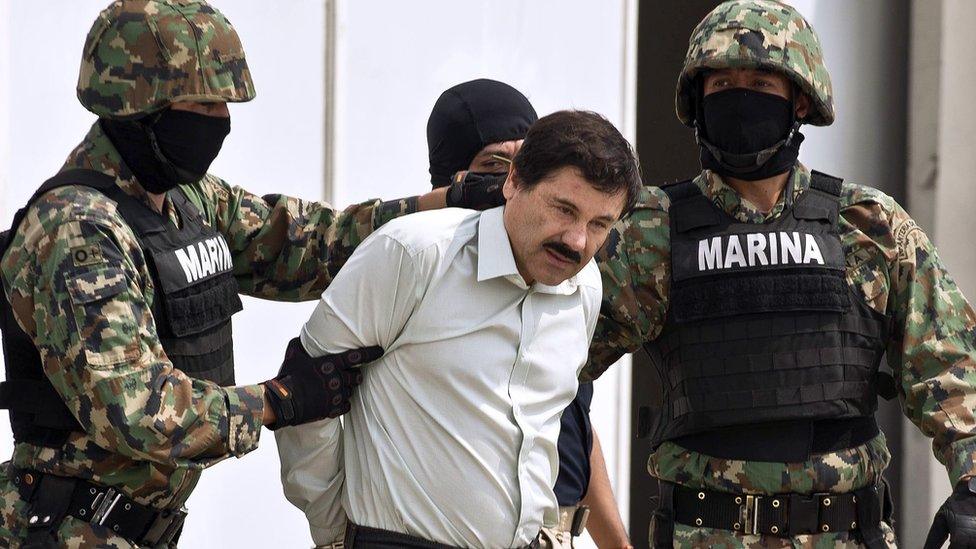
"El Chapo" was arrested in 2014 and is now serving a life sentence in prison
The cartel kidnapped, tortured and slaughtered members of rival criminal gangs. It also had access to a huge arsenal of weapons, including a rocket-propelled grenade launcher and Guzmán's own gold plated AK-47.
But in July 2019, the drug lord was sentenced to life in prison following one of the most high-profile trials in recent US history.
Prosecutors said Guzmán had trafficked cocaine, heroin and marijuana, and kept a network of dealers, kidnappers and assassins on his payroll.
His jailing led to an increase of violence in the region as other groups sought to take advantage. Despite this, the Sinaloa Cartel remains hugely powerful. It still dominates north-west Mexico and is reported to have a presence in cities ranging from Buenos Aires to New York.
It also continues to make billions of dollars from trafficking illicit narcotics to the US, Europe and Asia, experts say. With its long-time leader now behind bars, the cartel is said to be partially controlled by Mr Guzmán's son, Ovidio Guzmán Lopez.
Watch clashes between Mexico's security forces and drug cartel members
When the younger Guzmán was arrested by the security forces in October 2019, Sinaloa Cartel gunmen were quick to demonstrate the group's serious military might.
They fought street battles with the army in broad daylight, set fire to vehicles, and even staged a prison break before their leader was eventually freed. It was a sign the group remains an immensely powerful force.
The Jalisco New Generation (CJNG)
Territory: The west, mainly the Tierra Caliente region.
Formed in about 2010, the Jalisco cartel is the strongest and most aggressive competitor to the Sinaloa.
The group has expanded rapidly across Mexico and is now one of the country's most dominant organised crime groups. Its assets are thought to be worth more than $20bn (£15.5bn).
The cartel is led by Ruben Oseguera, known as "El Mencho", a former police officer who is Mexico's most wanted man. The bounty for his capture? A cool $10m.
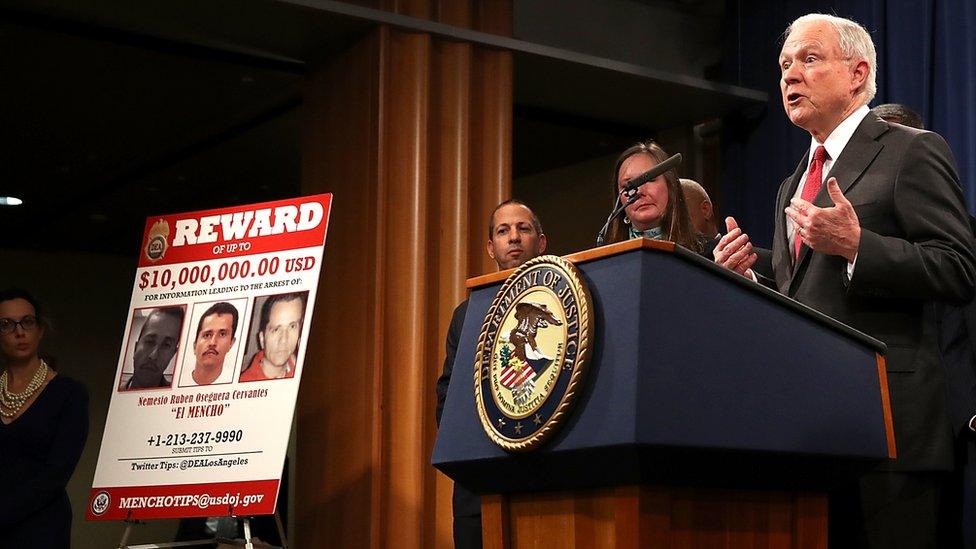
The US government is offering a $10m reward for the capture of the Jalisco cartel's leader
The Jalisco cartel is one of the main distributors of synthetic drugs on the continent, according to the US government. It is a key player in the illegal amphetamine market in the US and Europe and is also thought to have links to the drug market in Asia.
It has grown much more powerful in recent years and its rise has been fuelled by its use of extreme violence.
"It remains the most aggressive cartel in Mexico," according to the US-based geopolitical analysis firm Stratfor. "Its efforts to expand its area of control are largely responsible for the persistent wave of violence racking Tijuana, Juarez, Guanajuato and Mexico City."
Indeed, the cartel has gained notoriety for a series of attacks on security forces and public officials.
It has downed an army helicopter with a rocket-propelled grenade, killed dozens of state officials, and has even been known to hang the bodies of its victims from bridges to intimidate its rivals.
And, according to experts in the region, it is set to expand further.
The Gulf Cartel
Territory: The north-east, centred around the border state of Tamaulipas.
This is one of Mexico's oldest criminal groups and its roots can be traced back to the 1980s.
It became known around this time for trafficking cocaine and marijuana into the US. It is also thought to have smuggled heroin and amphetamines, and it worked closely with cartels in Colombia.
By the 1990s, the Gulf Cartel's drug trafficking operation was reportedly bringing in billions of dollars every year. It maintained this network by engaging in political corruption and bribery as a means to keep officials on side.
Mexico's drug war: Has it turned the tide?
The cartel was initially led by Juan García Abrego, the first Mexican drug lord to be included in the FBI's 10 most wanted list. He was captured in 1996 and jailed for life in the US.
His heir, Osiel Cardenas Guillen, built up the cartel's military wing. He recruited a number of corrupt special forces soldiers and pushed an even more violent approach. Those soldiers would eventually go rogue and form a rival cartel of their own (more on this later).
Cardenas was arrested in 2003 and is currently serving 25 years in jail in the US. His brother and top leader of the cartel, Ezequiel Cardenas Guillen, was killed in a shootout with Mexican troops in 2010.
The cartel then split into multiple factions with different leaders. It has been weakened as a result, and is engaged in a vicious turf war with the...
... Los Zetas Cartel
Territory: Also the north-east.
This group was founded by corrupt members of an elite unit of Mexico's special forces.
More than 30 ex-soldiers were hired by the leader of the Gulf Cartel in the 1990s but, as mentioned above, they broke away and formed their own operation in 2010.
The two cartels then clashed violently, particularly in Mexico's north-east. The Zetas became particularly well-known for their brutality, often torturing and decapitating their victims.
By 2012, the Zetas had reached the peak of their powers. The were named as the country's biggest drug gang, overtaking their bitter rivals the Sinaloa, and were thought to operate in more than half of the Mexican states.
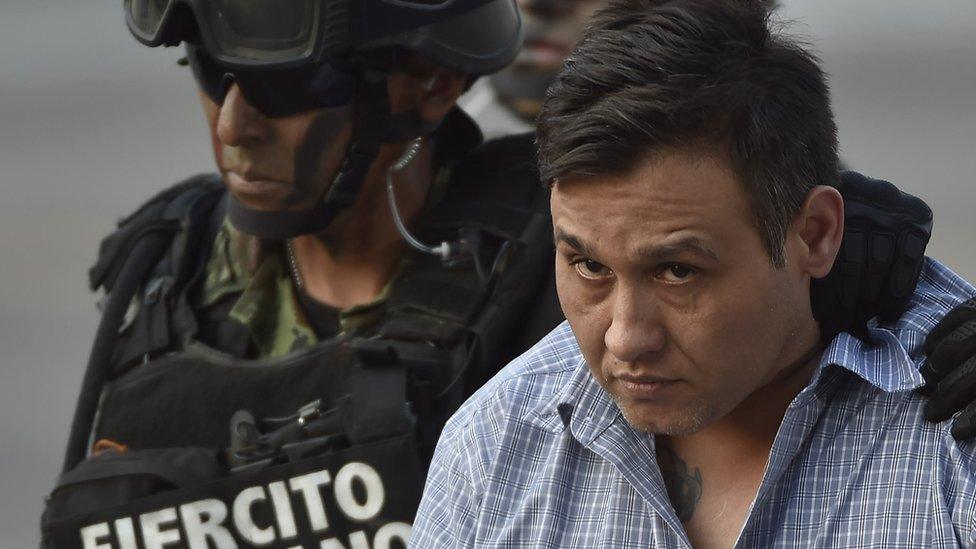
Zetas leader Omar Trevino Morales was captured in 2015
They moved beyond drugs and turned their hand to any crime that brought them money, from cigarette smuggling to human trafficking.
But, later in 2012, one of their leaders was killed in a shootout with the Mexican Navy. His replacement, Miguel Ángel Treviño Morales, was captured. His younger brother, Omar Treviño Morales, took over but was also caught in 2015.
This marked the beginning of the cartel's decline. A lack of leadership caused the Zetas to splinter and allowed rival groups to assert dominance, according to analysis from Insight Crime, which monitors organised crime in the Americas.
The Zetas lost ground as others, notably the Jalisco cartel, expanded to take their east coast territory. Internal divisions have also served to weaken the group, but it remains a dangerous force.
Related topics
- Published1 July 2017
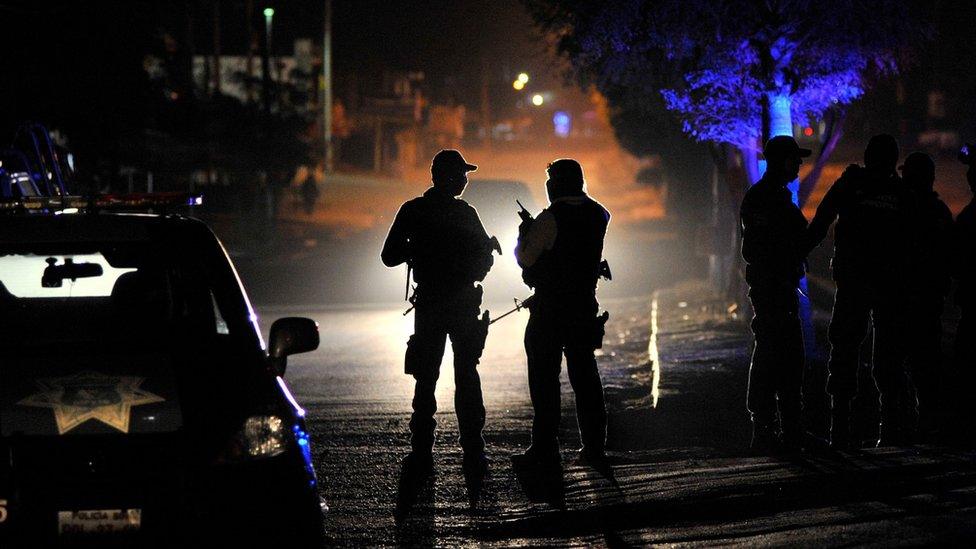
- Published4 July 2017
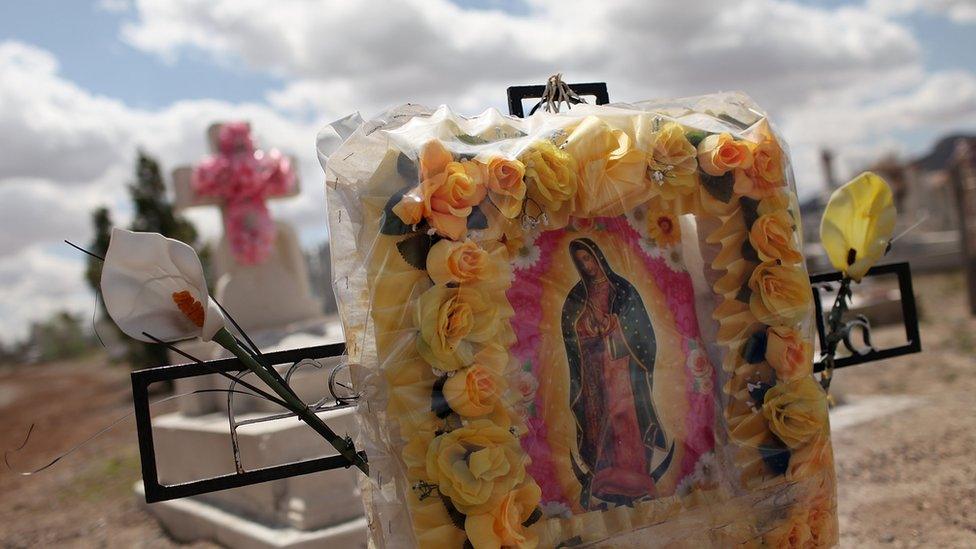
- Published16 May 2017
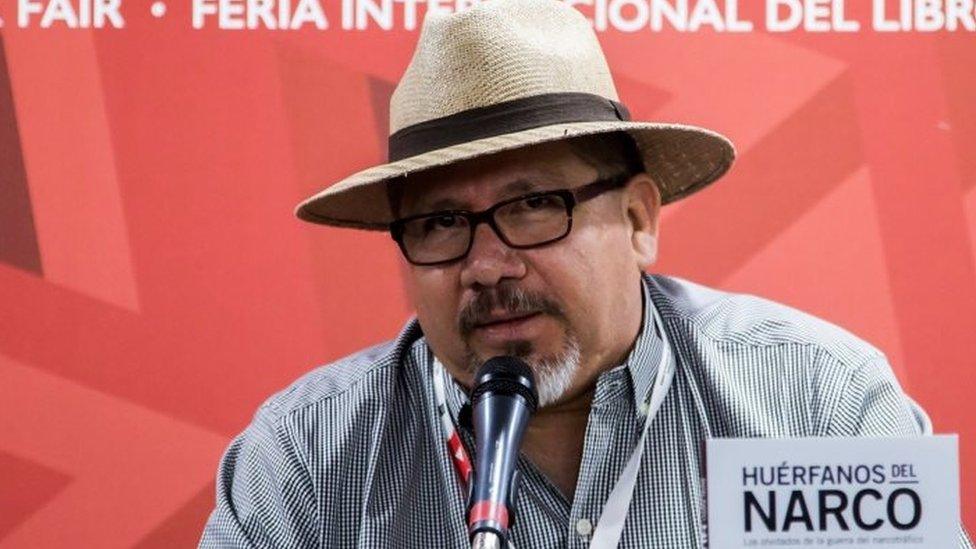
- Published12 June 2017
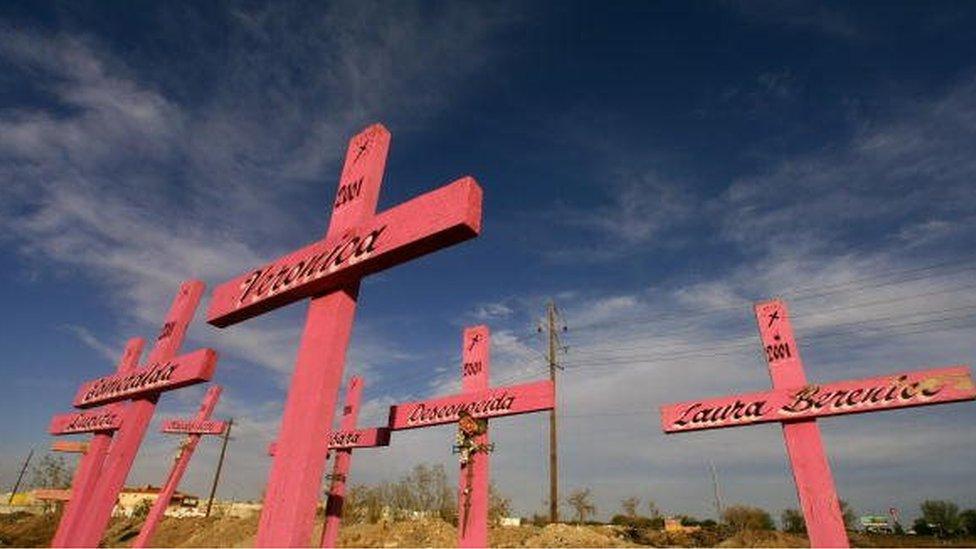
- Published12 May 2017
